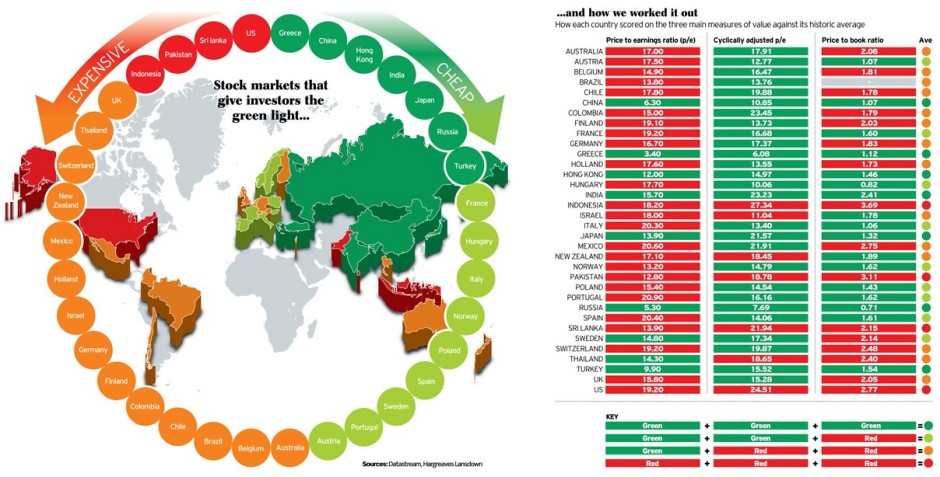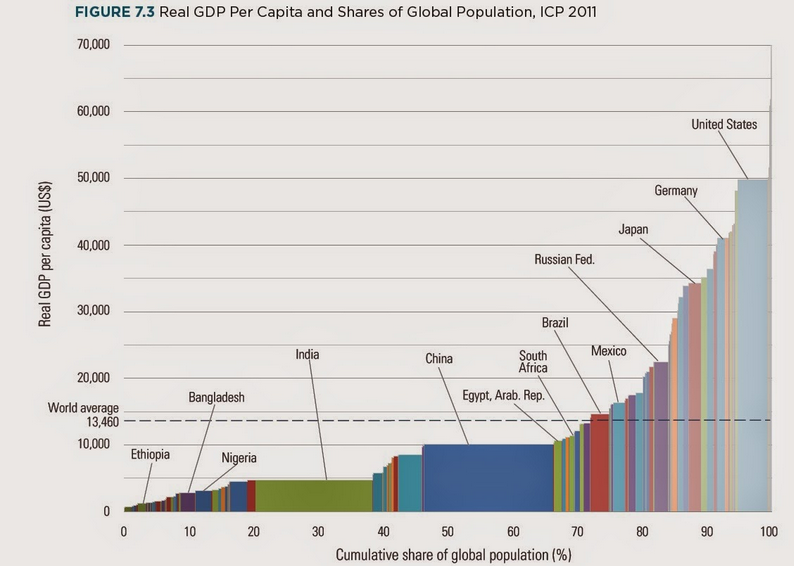That is per capita... here is total.. China will pass us by in total sometime, but I do not think they will come close to per capita...
Also,
Gross domestic product 2013
(millions of
Ranking
Economy
US dollars)
1
United States
16,800,000
2
China
9,240,270
3
Japan
4,901,530
4
Germany
3,634,823
5
France
2,734,949
6
United Kingdom
2,522,261
7
Brazil
2,245,673
8
Russian Federation
2,096,777
9
Italy
2,071,307
10
India
1,876,797
11
Canada
1,825,096
12
Australia
1,560,597
13
Spain
1,358,263
14
Korea, Rep.
1,304,554
15
Mexico
1,260,915
16
Indonesia
868,346
17
Turkey
820,207
18
Netherlands
800,173
19
Saudi Arabia
745,273
20
Switzerland
650,782
21
Argentina
611,755
22
Sweden
557,938
23
Nigeria
522,638
24
Poland
517,543
25
Norway
512,580
California would rank 10th
Texas would rank 16th



